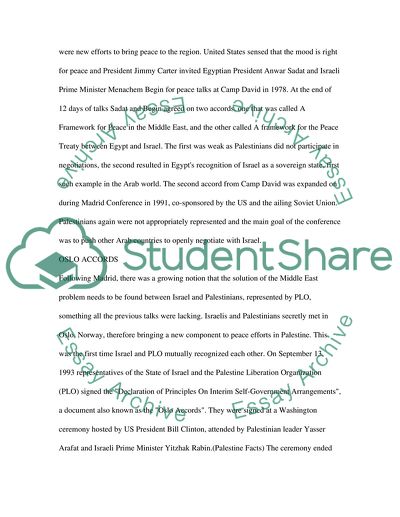Cite this document
(Israel and Palestine: The Conflict Background Research Paper, n.d.)
Israel and Palestine: The Conflict Background Research Paper. Retrieved from https://studentshare.org/politics/1744380-oslo-peace-process
Israel and Palestine: The Conflict Background Research Paper. Retrieved from https://studentshare.org/politics/1744380-oslo-peace-process
(Israel and Palestine: The Conflict Background Research Paper)
Israel and Palestine: The Conflict Background Research Paper. https://studentshare.org/politics/1744380-oslo-peace-process.
Israel and Palestine: The Conflict Background Research Paper. https://studentshare.org/politics/1744380-oslo-peace-process.
“Israel and Palestine: The Conflict Background Research Paper”, n.d. https://studentshare.org/politics/1744380-oslo-peace-process.


